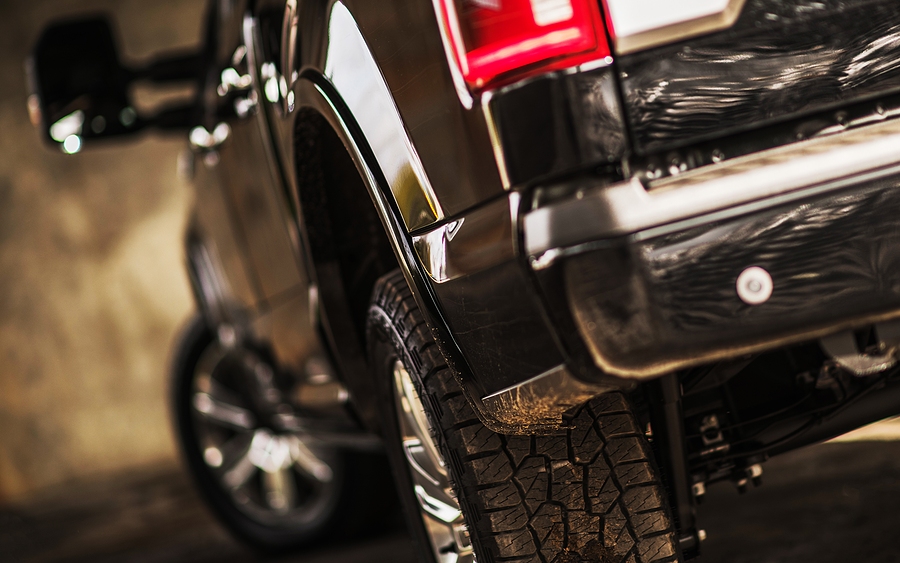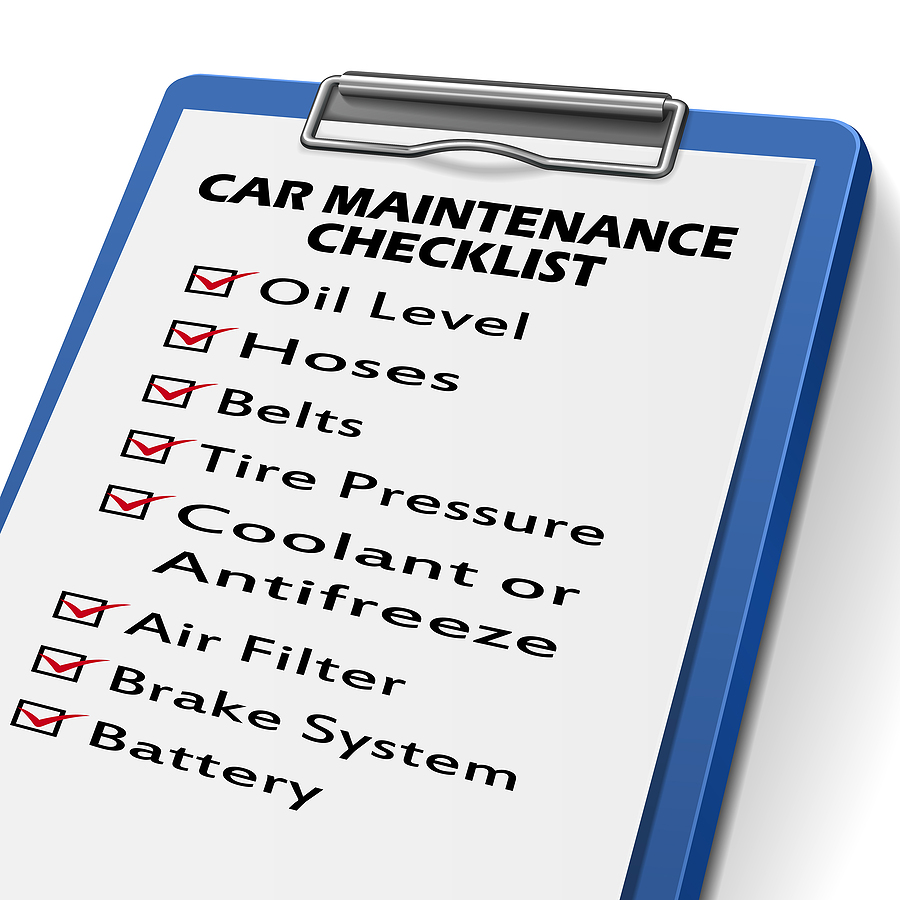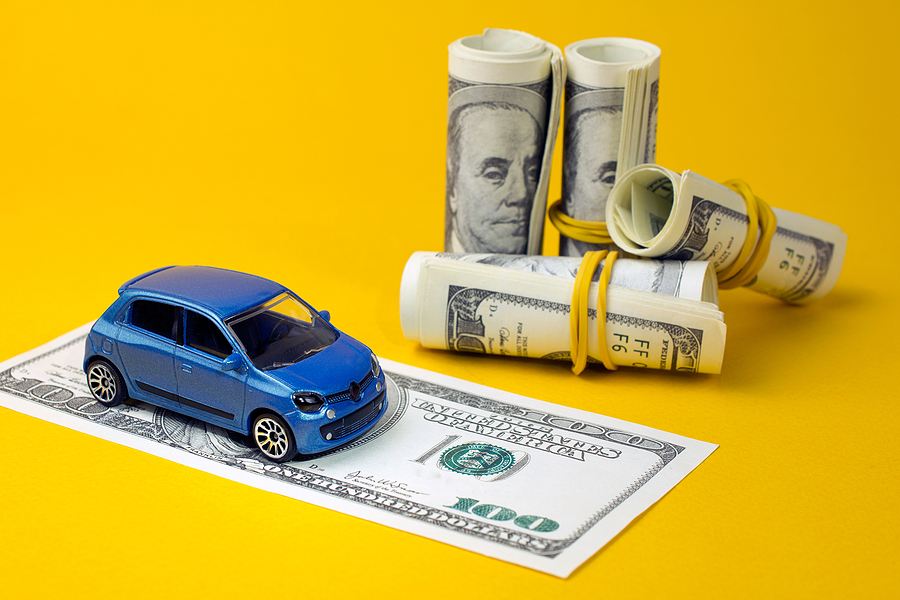A smooth ride in your truck isn’t just about comfort; it’s a sign that your suspension system is doing its job correctly. This complex network of springs, shocks, and linkages is responsible for absorbing bumps, maintaining tire contact with the road, and ensuring stable handling. When the suspension is in good shape, your truck feels controlled and responsive. But when parts start to wear out, the ride can become uncomfortable and even unsafe.
Understanding your truck’s suspension is the first step toward recognizing when something is wrong. This system is crucial for everything from braking effectiveness to preventing excessive tire wear. This guide will walk you through common suspension problems, help you decide between a DIY fix and professional service, and provide tips to keep your suspension in top condition for years to come.

Common Truck Suspension Problems
Your truck’s suspension system is built to be durable, but it’s not invincible. Over time, the constant stress of carrying heavy loads and navigating rough roads takes its toll. Recognizing the signs of a failing suspension can help you address issues before they become more serious and costly.
Worn Shocks or Struts
Shocks and struts are vital for controlling your truck’s bounce and sway. Their primary role is to dampen the movement of the springs. When they wear out, you’ll likely notice a few telltale signs:
- Excessive Bouncing: After hitting a bump, does your truck continue to bounce up and down? This is a classic symptom of worn shocks that are no longer effectively controlling the spring’s motion.
- Nose-Diving or Squatting: If the front of your truck dips significantly when you brake, or the rear squats when you accelerate, your shocks may be failing.
- Fluid Leaks: Visible oil or hydraulic fluid leaking from the body of the shocks or struts is a clear indication that they are damaged and need replacement.
Damaged Leaf Springs
Most trucks use leaf springs in their rear suspension to support heavy loads. These are made of multiple layers of steel bound together. While incredibly strong, they can crack, break, or lose their shape over time.
- Sagging Rear End: If one side of your truck’s rear sits lower than the other, you may have a broken or worn leaf spring.
- Clunking Noises: A broken leaf spring can create a clunking or rattling sound as you drive, especially over bumps.
- Reduced Load Capacity: A truck with damaged leaf springs will struggle to carry the weight it was designed for, often bottoming out more easily.
Worn Bushings and Ball Joints
Bushings are small rubber or polyurethane cushions that absorb vibrations and allow suspension components to pivot. Ball joints are flexible joints that connect the steering knuckles to the control arms.
- Squeaking or Creaking: Worn bushings often produce a distinct squeaking sound when the suspension moves.
- Steering Wander: Worn ball joints can cause your steering to feel loose or imprecise, making the truck wander on the road.
- Uneven Tire Wear: When suspension components are loose due to failing bushings or ball joints, it can throw off the wheel alignment and lead to uneven wear on your tires.
Schedule a Suspension Repair Inspection Now ✅
DIY vs. Professional Repair
Once you’ve identified a potential suspension issue, the next question is whether you can fix it yourself or if you need to call a professional automotive mechanic. The answer depends on the complexity of the job, your mechanical experience, and whether you have the right tools.
When to DIY
Some suspension tasks are manageable for a confident home mechanic.
- Replacing Shocks: On many trucks, replacing the shocks is a relatively straightforward bolt-off, bolt-on job. If you have a good set of wrenches, a jack, and jack stands, this is often a doable weekend project.
- Simple Bushing Replacement: Some sway bar bushings and links are easily accessible and can be replaced without specialized equipment.
However, even for these jobs, you need to be comfortable working under your vehicle and understand the importance of safety procedures.
When to Call a Professional
For more complex repairs, a professional mechanic is the safest and most effective choice.
- Leaf Spring Replacement: Replacing leaf springs involves handling heavy components under high tension, which can be dangerous without proper equipment and expertise.
- Ball Joint Replacement: This task often requires a special press to remove the old joint and install the new one. It also necessitates a wheel alignment afterward, which is a job for a professional shop.
- Strut Replacement: Unlike shocks, struts are an integral part of the suspension’s structure and often incorporate a coil spring. Disassembling a strut assembly requires a spring compressor, a tool that can be extremely dangerous if used incorrectly.
If you’re facing a complex repair or simply don’t have the time or confidence, seeking professional help is the best decision. For those in the Indianapolis area, professional truck suspension repair services can provide peace of mind and ensure the job is done right.
Proactive Suspension Maintenance
Preventing problems is always better than fixing them. Regular inspection and simple maintenance can significantly extend the life of your truck’s suspension.
- Regular Inspections: About once a month, perform a quick visual check. Look for leaking shocks, cracked bushings, and broken leaf springs.
- Listen for Noises: Pay attention to any new squeaks, clunks, or rattles. These are often the first signs of a problem.
- Check Tire Wear: Uneven tire wear is a major red flag for suspension or alignment issues. Check your tires regularly for signs of cupping or excessive wear on one edge.
- Don’t Overload Your Truck: Consistently exceeding your truck’s payload capacity puts immense strain on the suspension system, leading to premature wear.
Keep Your Truck Riding Smoothly
A well-maintained suspension system is fundamental to your truck’s performance, safety, and longevity. By learning to identify common problems, understanding when to call a professional, and performing regular maintenance, you can ensure your truck provides a safe and comfortable ride for many miles to come.
If you suspect an issue or are looking for expert truck suspension repair in Indianapolis, don’t hesitate to contact a certified mechanic. A professional inspection can diagnose problems accurately and keep your truck in optimal condition.
Related Post: Ultimate Pickup Truck Maintenance Guide









